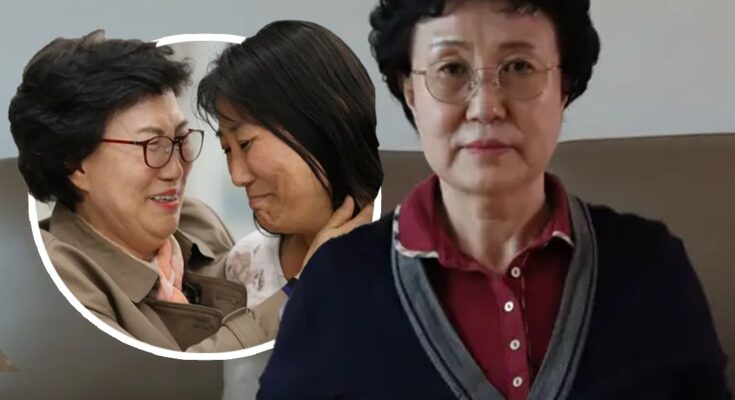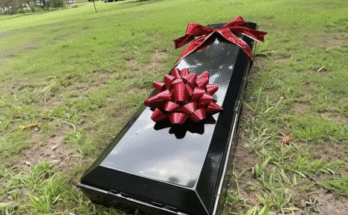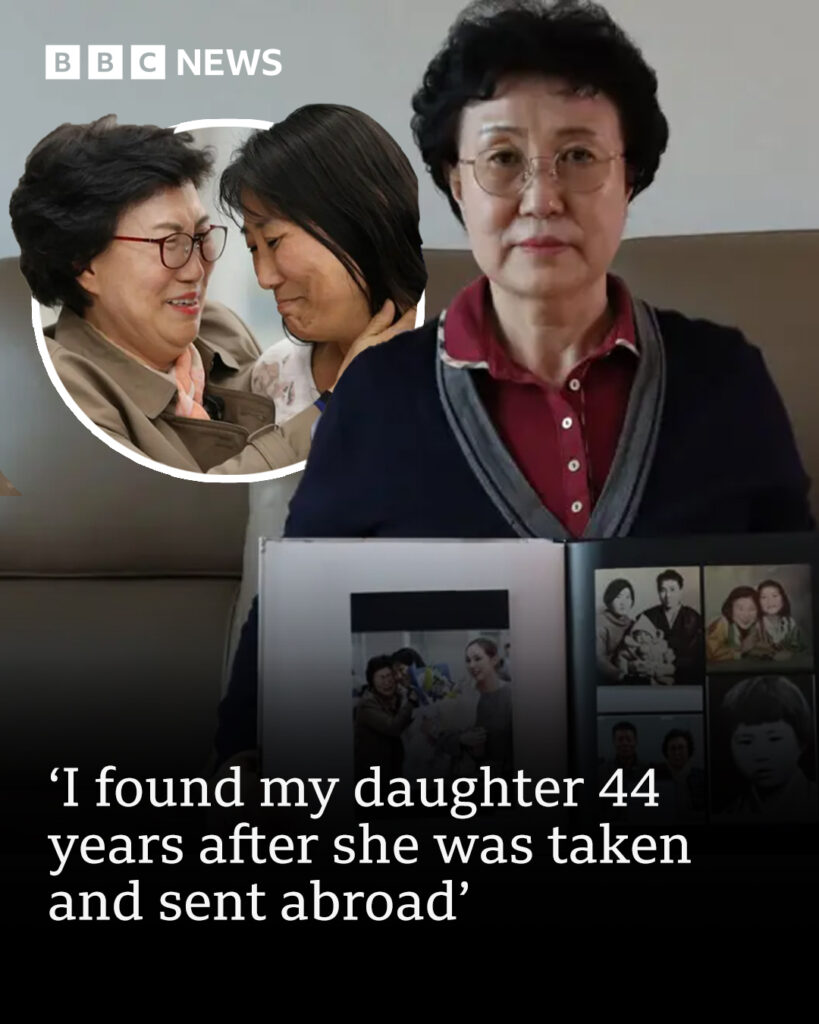
Han Tae-soon still remembers the sound of birds chirping outside the window that morning. The warm May breeze floated through their modest home in central Seoul, rustling the lace curtains her daughter liked to hide behind during games of hide-and-seek. Her daughter, Mi-young, had just turned five. She had a bright yellow ribbon in her hair and a curious habit of asking questions about everything — the stars, the trees, even why the moon followed them home at night.
That day, May 12, 1975, Han made Mi-young her favorite breakfast — seaweed soup and rice. They sat together at the small wooden table while the radio played softly in the background. Han didn’t know it then, but those simple moments would become sacred. Later that afternoon, while Han was distracted by a neighbor’s emergency, Mi-young vanished.
What followed was a mother’s worst nightmare: panicked searches through alleys, phone calls to police, days spent wandering markets and train stations holding up a photograph that quickly faded from overuse. There were whispers that Mi-young might have been taken abroad for adoption. But there was no proof. The police closed the case within weeks. Friends urged Han to move on, but she refused.
For more than 40 years, Han Tae-soon never gave up hope.
“I never changed my phone number,” she said softly, her hands folded tightly in her lap. “Every day, I hoped she would call.”
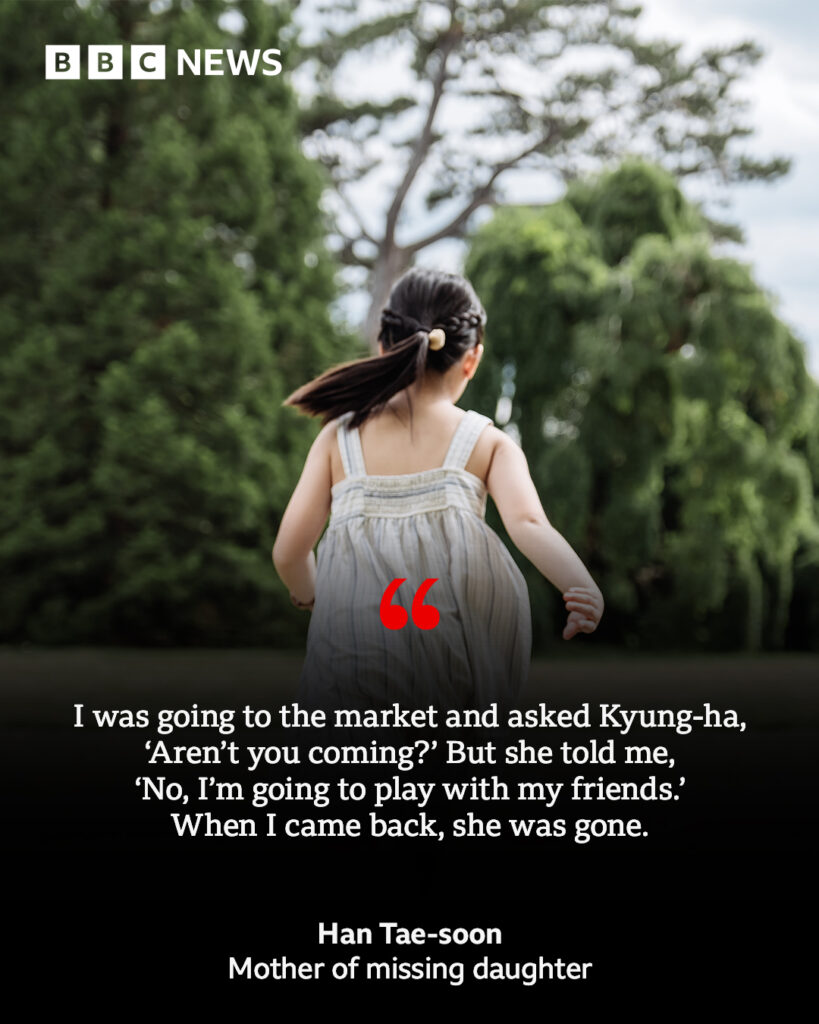
A Life Unfolding Elsewhere
Across the ocean, Mi-young was renamed Michelle Thomas by an American family in Minneapolis. Raised in a quiet suburb, she grew up believing she had been abandoned, one of thousands of Korean children adopted overseas during the 1970s and ’80s under Korea’s broad international adoption policies.
Michelle’s childhood was loving, but always tinged with an unspoken absence. Her adoptive parents were supportive, but there were gaps they couldn’t fill. At night, she would sometimes dream of a woman she couldn’t recognize — with gentle eyes and a soft voice that spoke a language she didn’t understand.
“I always had this feeling that someone out there missed me,” Michelle recalled. “I didn’t know who. But I could feel it.”
It wasn’t until her late 30s that Michelle began to seriously look into her origins. Armed with only a few old documents and a black-and-white photo that had come with her adoption papers, she submitted a DNA sample to an international database for adoptees. Years passed without a match. Just as she began to lose hope, the unexpected happened.
In 2021, a South Korean nonprofit that helped reconnect adoptees with birth families contacted Michelle with news: a possible DNA match had been found. The woman’s name was Han Tae-soon. She lived in Seoul. She had been searching for her daughter for 46 years.
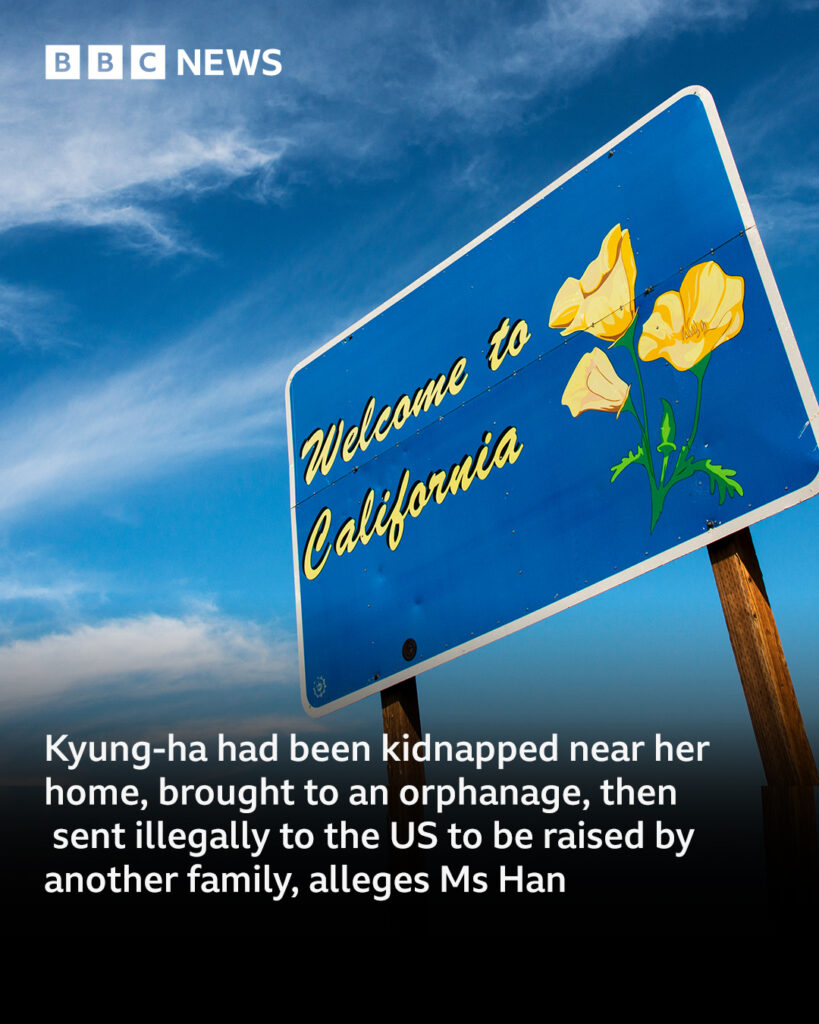
The Reunion
Michelle flew to Seoul in October 2022, unsure of what to expect. She was met at the airport by a translator and representatives from the nonprofit. A car took her to a small tearoom in Bukchon, where her birth mother waited.
When Michelle entered the room, Han rose slowly to her feet. For a few seconds, they just looked at each other. Then Han began to cry. “My baby,” she whispered in Korean, over and over, as she reached out to touch her daughter’s face. Michelle, overcome, collapsed into her mother’s arms. They held each other for what seemed like hours.
“It was like a hole in your heart has been healed,” Michelle later said. “You finally feel like a complete person.”

Han could barely speak. “I thought I would die without seeing her again,” she said through tears. “I prayed for this day every night.”
The following weeks were filled with shared meals, long walks through Seoul’s quiet streets, and halting conversations — Michelle’s Korean was limited, and Han spoke no English. But love found its way through gestures, smiles, and tears. They visited the home where Han had lived in the 1970s. The building was now gone, replaced by an apartment complex, but the memory of that last day with Mi-young came flooding back.
“She loved to sing,” Han said, looking up at the empty sky. “She had a tiny voice but such joy.”
A History of Loss and Separation
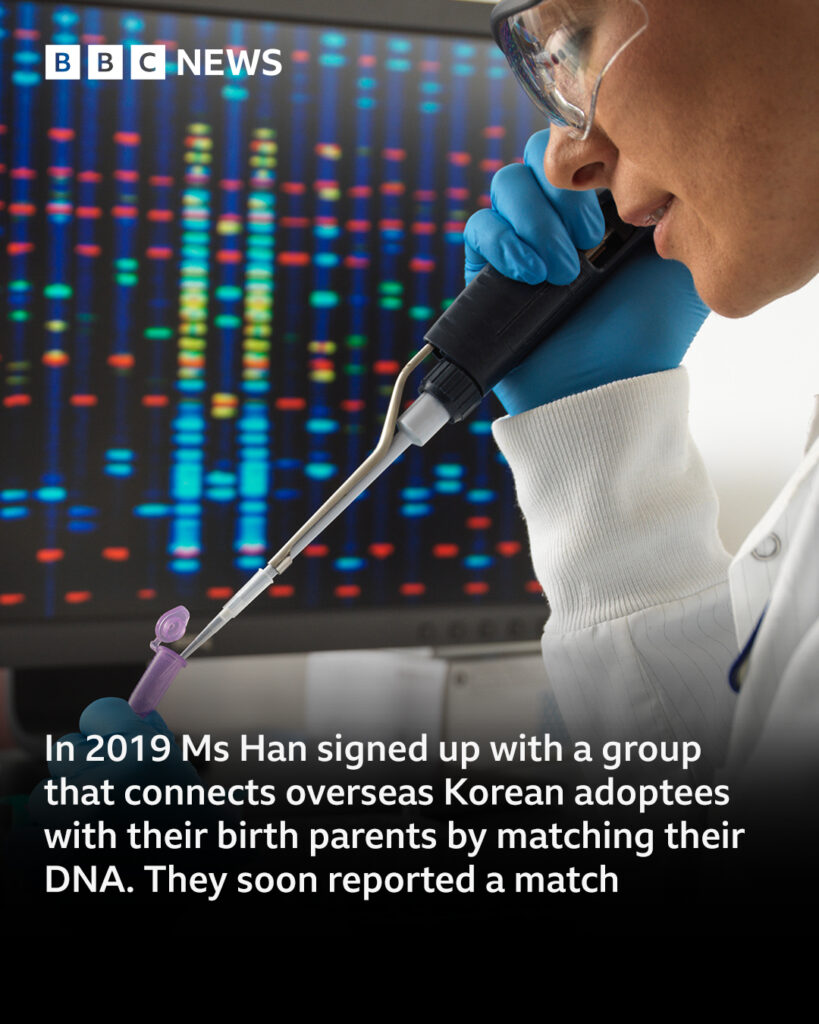
Their story is not unique. Between 1955 and the early 2000s, over 200,000 Korean children were adopted overseas — the majority to the United States. Often poor, war-torn, or socially pressured, birth families were left with few choices. Records were incomplete, and many children were told they had been abandoned when in fact they had been lost or taken without consent.
Organizations like GOA’L (Global Overseas Adoptees’ Link) and the Korean National Police Agency have helped reunite hundreds of families, often using DNA technology. But for every reunion, there are many more waiting.
“These reunions are about healing — not just for the individuals, but for an entire nation that carries the weight of these separations,” said Park Ji-yeon, a family tracing specialist in Seoul.
A New Chapter
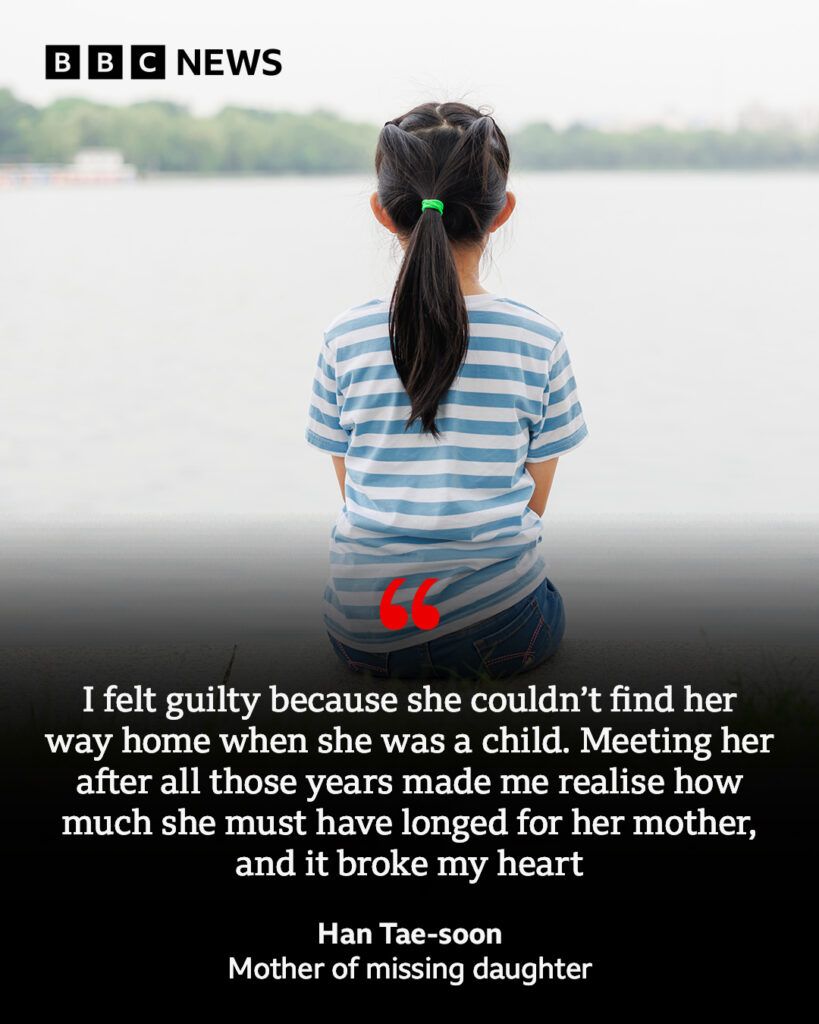
Today, Michelle visits Korea often. She and Han video chat every week. The bond they are building is still fresh and tender, but deeply meaningful.
“I didn’t get to grow up with her. I didn’t get birthdays, school plays, or teenage fights,” Michelle said. “But now, I get to sit across from her and see the shape of my own hands in hers. I get to hear her laugh. That means everything.”
Han, now in her early 70s, keeps a photo of Michelle on her nightstand. “She is my daughter,” she says proudly. “And now the world knows.”
As the sun sets over Seoul, mother and daughter walk together through a quiet park, side by side. There are years that cannot be recovered, questions that may never be answered. But in this moment, there is peace. There is presence. And there is love.
